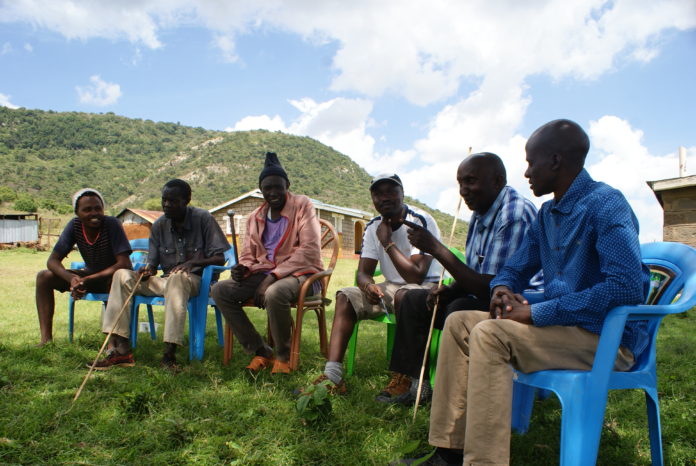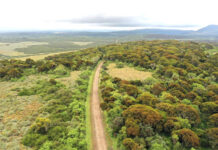By Katheru Njagi
ENOONKISHU, Kenya: Daniel Sayialel swept his probing eyes over the rolling grasslands of Maasai Mara in search of a missing piece. He found none-at least for now.
Satisfied that nothing seemed out of place, Sayialel turned to a gathering of his kin and called the meeting to order. They were here for the occasional community briefing on conservation.
“These meetings help us keep track of threats facing our resources. If there are any, we discuss and plan how to solve them,” said Sayialel, who is the community liaison officer at the Enoonkishu conservancy in southern Kenya.
It is for a good reason. Land sub-division and privatization have been threatening the wildlife-rich Maasai Mara for years, according to the Maasai Mara Wildlife Conservancies Association (MMWCA).
For instance, there were about eight group ranches buffering the Maasai Mara national reserve but nearly all of them have been subdivided, a trend that is not only threatening indigenous communities, but also wildlife, MMWCA officials said.
“Community land is being transformed into private land by developers who are swarming the Mara. If this continues, families living here will have no homes and nowhere to graze their livestock in a very short period of time,” said Daniel Sopia, the chief executive officer at MMWCA.
Investigations within the Mara region indicate that most of the privatized land has already been fenced off to pave way for its development into agriculture plantations and real estate, blocking wildlife migration corridors and community grazing routes.
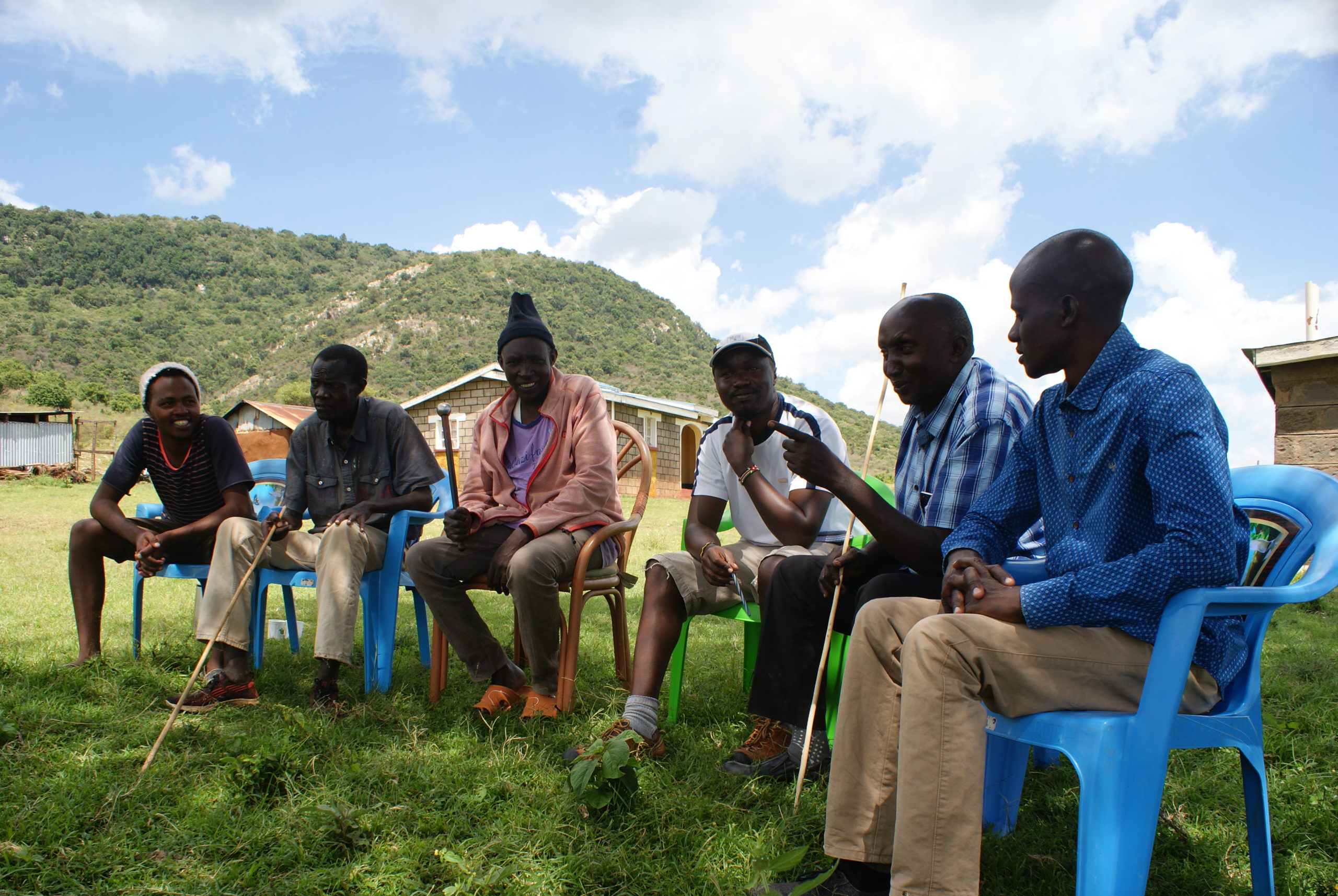
According to Nicholas Oguge, the environmental policy and director at the Centre for Advanced Studies in Environmental Law and Policy (CASELAP), University of Nairobi, there are five wildlife migration corridors in the Mara landscape.
These include the Mara-Serengeti, Mara-Loita, the greater Amboseli, the Manya-Tarangire, and Nairobi National Park-Kaputiei migration corridors. But four of them are almost extinct, due to land encroachment.
In some regions like the Loita plains in southern Kenya, the entire wildlife migration corridor has disappeared.
“The iconic wildebeest migration is a competitive advantage we have. Nowhere else in the world is there that number of large mammals moving together. They have completely formed this ecosystem. If you remove them, the Mara ecosystem is gone,” said Oguge.
Oguge estimates the value of services the Kenya Mara ecosystem gives to communities to be about US$ 6.5 billion (about Kshs. 762 billion) annually. This could all be lost by 2050 if the current encroachment continues, according to a study investigating the economic value of East Africa’s natural assets.
It recommends speedy action to restore the region’s conservation areas. A growing number of communities in Kenya are responding to this call by working as groups instead of individual landowners, according to Sopia.
MMCA has identified about 15,000 landowners who have pooled their individual land units into conservancies for livestock and wildlife conservation. They have then registered and leased the conservancies for tourism treats.
For these efforts, the landowners are earning over US$ 7.5 million (about Ksh. 879 million) annually from leases of up to 25 years.
“Tourism investors pay for leases to the landowners and also to cover the costs of managing the conservancies. With such a steady stream of income, locals do not see the need to sell or subdivide their land anymore,” said Sopia.
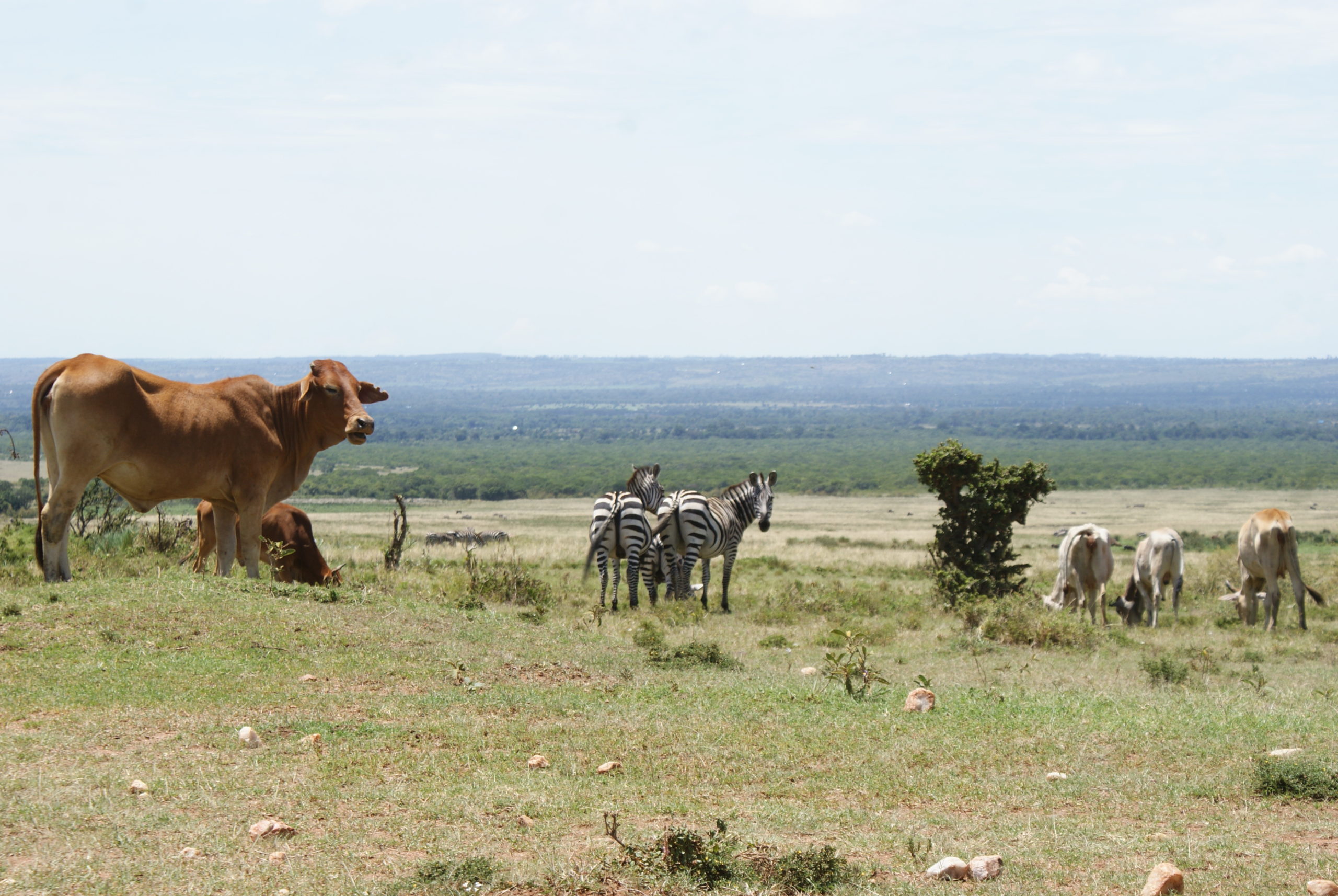
Limiting land sales is reducing stress levels among endangered wildlife because they can move freely within the rangelands. As a result, numbers in previously endangered ecosystems are rising, according to senior sergeant Francis Dapash.
Dapash, a ranger at Enoonkishu conservancy said the increased numbers of wildlife making a comeback include elephants, buffaloes, and other grazers.
Due to the growing competition for grazing spaces, some have been straying into crop farms within the Mara ecosystem and causing massive food losses, he said.
Responding to the growing conflict with wildlife and worsening climate change, crop farmers are switching from food growing and converting their land into conservation glades, a trend that MMCA officials confirmed is picking up pace.
According to Sayialel, crop growing is an important economic activity within the Mara region because it boosts communities’ food resilience. But in the past few years, crop farming has been proving difficult because of prolonged dry spells and worsening floods.
Besides, crop growing within the Mara region restricts the free movement of livestock and wildlife because the animals are drawn to anything that can satisfy their appetite for green fodder.
“Crop farming and animal keeping cannot work together because they are always in conflict. But a uniform system like conservation ensures peaceful coexistence while also opening up money-making opportunities,” said Sayialel.
At his Enoonkishu conservancy, income opportunities like regular monthly payments from tourism collections and land leasing have opened up since both crop farmers and herders embraced a uniform land tenure system.
While the system has employed over 2,000 locals within the conservancies, landowners are also able to secure loans from financial institutions and obtain school bursaries for their children.
Sayialel estimates that within Enoonkishu, there are over 10,000 acres of land that are under crop farming. But his community, working with MMWCA, has been able to convert over 8,000 acres of land into conservation glades.
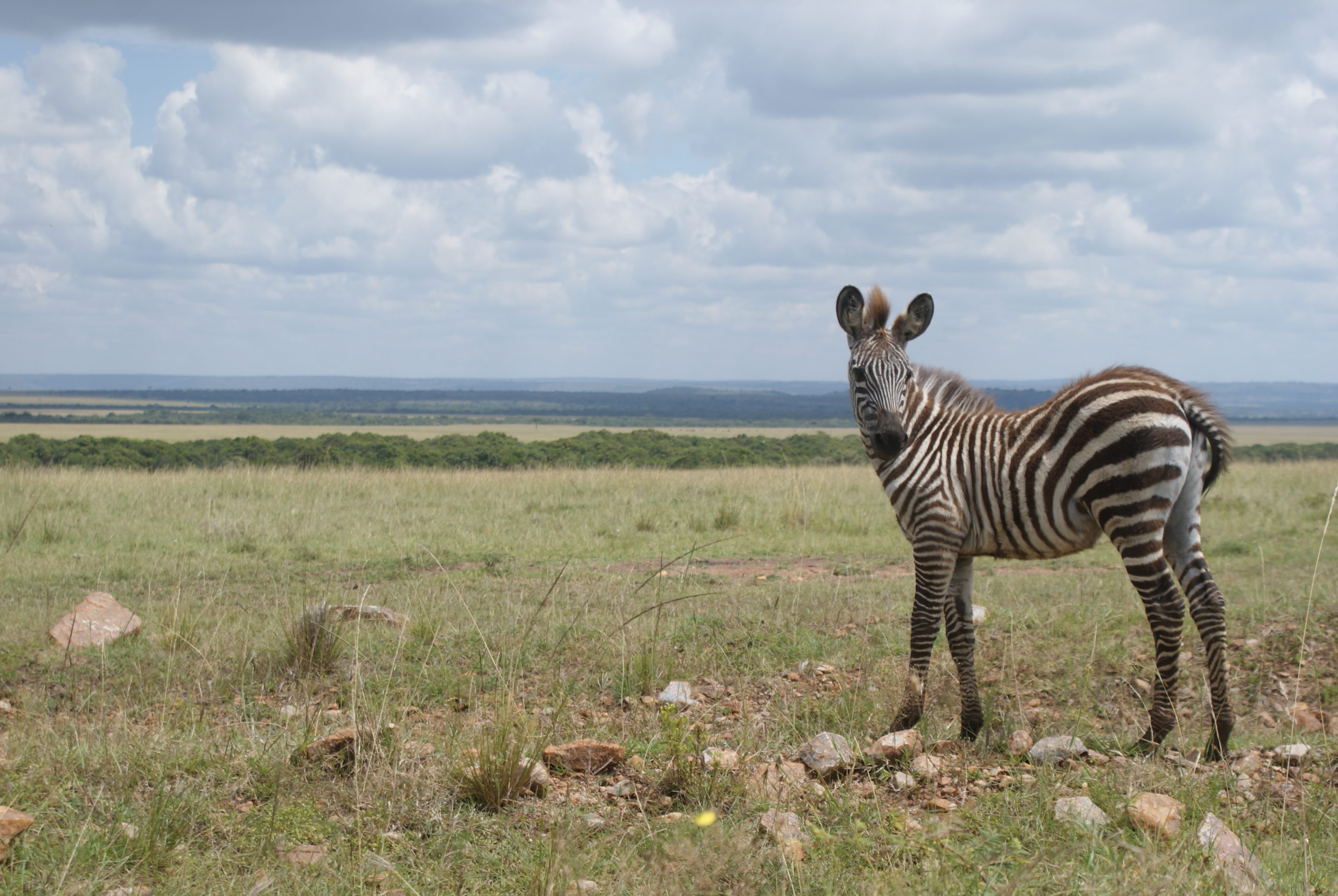
According to him, this system is also helping in restoring disappearing wildlife migration corridors because there is no longer a need to fence the land. He said that rare wildlife species like the big five and the African wild dog are now common in places where they had disappeared.
But is converting cropland into conservation glades a threat to food security?
“I do not think so. The Mara community is the biggest food market in the country. When we pay for food grown elsewhere in Kenya, farmers are able to use this money to buy farm inputs and invest in smart innovations,” said Sayialel.
Meanwhile, county government officials from the Mara region said they have a memorandum of understanding with MMWCA that recognizes the institution’s efforts in conserving the Mara, working with communities.
But Bernard Leshinga, a local herder said the government is not doing enough in providing communities with extension services. For instance, herders here face repeated outbreaks of diseases like trypanosomiasis, where getting treatment for their livestock remains a big challenge.
“We need more than money because money alone cannot treat our animals when they get diseases from wildlife. Let the government bring vaccination services to us and we shall be a happy community,” said Leshinga.
This story was produced with support from the Earth Journalism Network’s Conservation and Wildlife grant.

